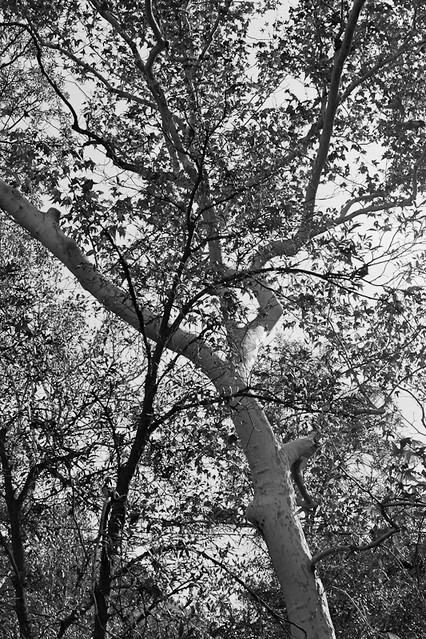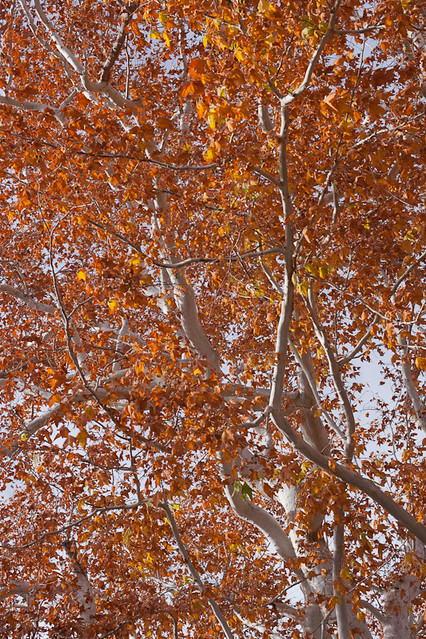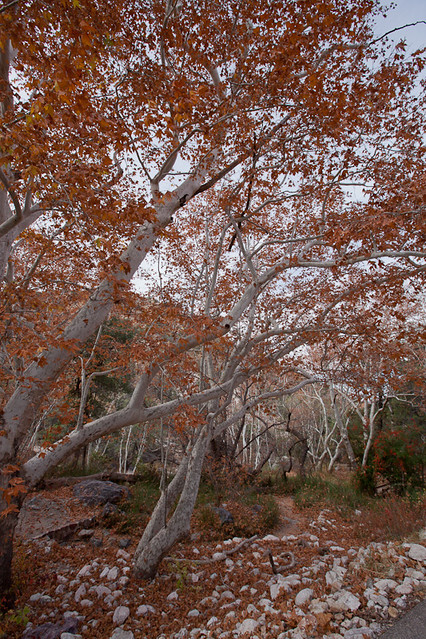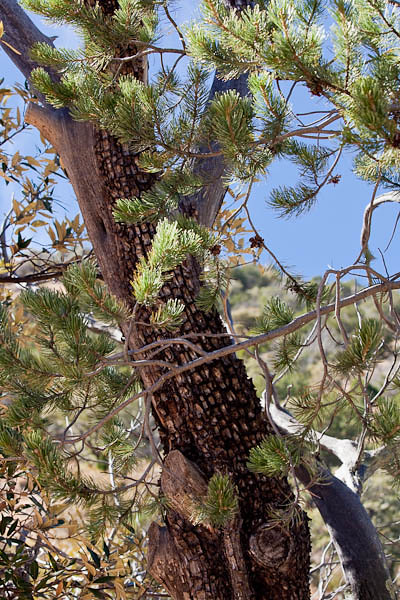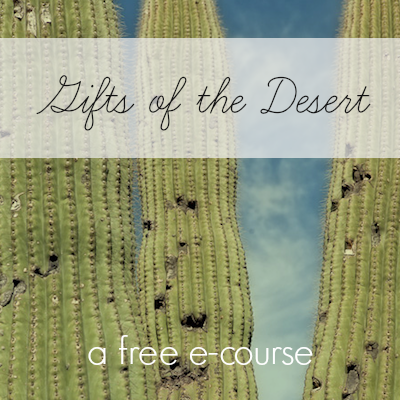Forest and field, sun and wind and sky, earth and water, all speak the same silent language, reminding the monk that he is here to develop like the things that grow all around him. ~ Thomas Merton
I have returned. Returned to Pima County, a 9,000 square mile partition of the Sonoran Desert that spans two-thirds of the southern part of Arizona.
When I am in Wisconsin, and awaiting the day I return to the Southwest, I always say I miss the desert, that I am ready to return to the desert. But upon deeper reflection, it is not only the desert I miss. I miss the huge diversity that this small part of the country has to offer. The diversity of the southern Arizona habitats.
If I begin in the far western part of Pima County, perhaps I am visiting Cabeza Prieta National Wildlife Refuge and Organ Pipe National Monument, and I then travel east to Tucson and ascend Mount Lemmon, I have traveled an equivalent distance of more than 2,200 miles in habitat. It is comparable to me traveling from northern Mexico to southern Canada. And I can travel that in less than a half day’s time.
The part of the Southwest I call my home is part of the Sonoran Desert. Yes. But it is more than sand and cactus and rattlesnakes. It is an example of one of the most diverse ecological spaces on our planet. Not only does the area have over forty sky islands – tall mountain-islands surrounded by desert – but it is borders two diverse communities — the Rocky Mountain community to the north and the Sierra Madres to the south. Diversity abounds.
I can travel a few hours and explore six different communities — desert-scrubland (what most people call the ‘desert’), desert grasslands, oak woodlands, pine-oak woodlands, and coniferous zones, plus the riparian woodlands (seen in the picture above).
What an amazing place to explore with a camera in hand!
————
Bo Mackison is a photographer and owner of Seeded Earth Studio LLC. She had landed back in the Southwest and is adapting to the transition between a Midwest winter and a Southwest winter.
